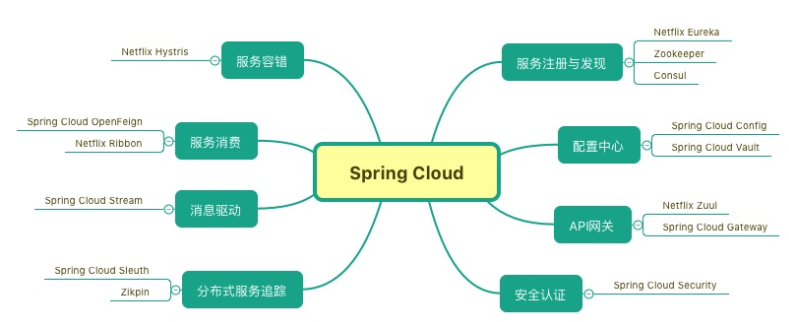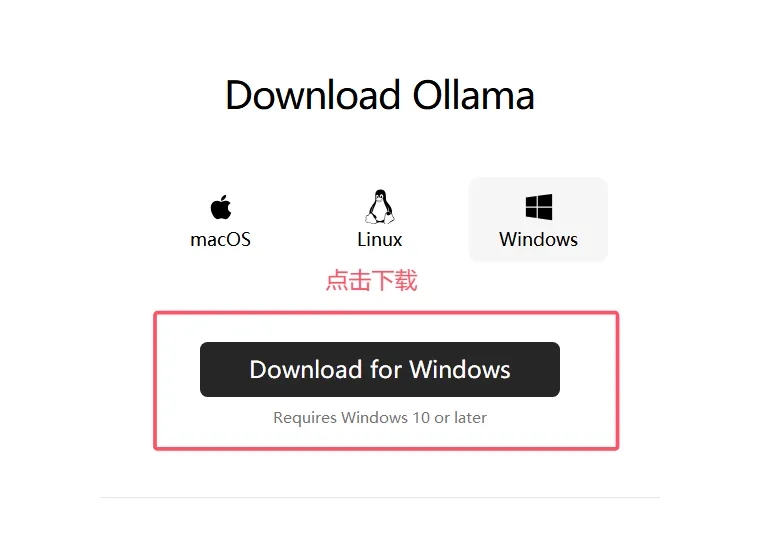React中的生命周期
在 React 中,组件的生命周期是指从组件创建到销毁的整个过程。
React 的生命周期可以分为三大类:挂载(Mounting)、更新(Updating)、卸载(Unmounting)。
这些生命周期方法提供了在组件的不同阶段执行代码的机会。
1. 挂载阶段(Mounting)
当组件被创建并插入 DOM 时,会依次触发以下生命周期方法:
constructor(props)
构造函数,在组件实例化时调用。用于初始化组件的 state 或绑定事件处理函数。
constructor(props) {
super(props);
this.state = { count: 0 };
}
static getDerivedStateFromProps(nextProps, nextState)
在每次渲染之前调用,无论是初始化渲染还是后续更新。此方法返回一个对象来更新 state,或者返回 null 表示不更新 state。
static getDerivedStateFromProps(nextProps, nextState) {
if (nextProps.value !== nextState.value) {
return { derivedValue: nextProps.value };
}
return null;
}
render()
这个方法是必需的,它返回组件的 JSX 结构,用于渲染 UI。
componentDidMount()
在组件挂载后调用。通常用于进行网络请求或其他需要在 DOM 更新后执行的操作。
componentDidMount() {
console.log("Component mounted");
}
2. 更新阶段(Updating)
当组件的 state 或 props 发生变化时,组件会进入更新阶段。更新阶段包括以下生命周期方法:
static getDerivedStateFromProps(nextProps, nextState)
更新阶段同样会调用此方法。它在每次接收到新的 props 时调用,返回一个对象来更新 state 或返回 null。
shouldComponentUpdate(nextProps, nextState)
在组件更新之前调用,返回 true 或 false,用于优化性能,避免不必要的渲染。
shouldComponentUpdate(nextProps, nextState) {
return nextState.count !== this.state.count;
}
render()
更新阶段与挂载阶段一样,render() 方法会被调用,返回新的 UI。
getSnapshotBeforeUpdate(prevProps, prevState)
在 React 更新 DOM 之前调用,返回一个值作为 componentDidUpdate 方法的第三个参数,通常用于获取一些 DOM 信息(如滚动位置)。
getSnapshotBeforeUpdate(prevProps, prevState) {
return prevState.scrollPosition;
}
componentDidUpdate(prevProps, prevState, snapshot)
在组件更新后调用。可以通过比较前后 props 或 state,来执行额外的操作。
componentDidUpdate(prevProps, prevState, snapshot) {
if (this.state.count !== prevState.count) {
console.log("Count changed");
}
}
3. 卸载阶段(Unmounting)
当组件从 DOM 中卸载时,会调用以下生命周期方法:
componentWillUnmount()
在组件卸载之前调用,用于清理定时器、取消网络请求或解绑事件监听等。
componentWillUnmount() {
console.log("Component will unmount");
}
4. 错误处理阶段(Error Handling)(React 16+ 新增)
React 16 引入了错误边界机制,用于捕获渲染过程中的 JavaScript 错误,并渲染一个备用的 UI。
static getDerivedStateFromError(error)
捕获子组件的错误,并更新 state 以显示备用 UI。
static getDerivedStateFromError(error) {
return { hasError: true };
}
componentDidCatch(error, info)
捕获并处理错误,通常用于日志记录或其他后续操作。
componentDidCatch(error, info) {
logErrorToMyService(error, info);
}
总结
React 组件生命周期方法主要分为三个阶段:挂载(Mounting)、更新(Updating)、卸载(Unmounting),以及错误处理阶段。
它们提供了不同的时机让开发者在组件的生命周期内执行特定操作,比如初始化状态、更新 UI、执行副作用操作等。
常见生命周期方法:
| 阶段 | 方法 |
|---|---|
| 挂载 | constructor, getDerivedStateFromProps, render, componentDidMount |
| 更新 | getDerivedStateFromProps, shouldComponentUpdate, render, getSnapshotBeforeUpdate, componentDidUpdate |
| 卸载 | componentWillUnmount |
| 错误处理 | getDerivedStateFromError, componentDidCatch |
随着 React 16.3 后引入的 Hooks,一些传统的类组件生命周期方法被替代或改进,但在类组件中,生命周期方法仍然是管理组件行为的核心。
以上为个人经验,希望能给大家一个参考,也希望大家多多支持脚本之家。
来源链接:https://www.jb51.net/javascript/337486tw6.htm
如有侵犯您的版权,请及时联系3500663466#qq.com(#换@),我们将第一时间删除本站数据。












暂无评论内容